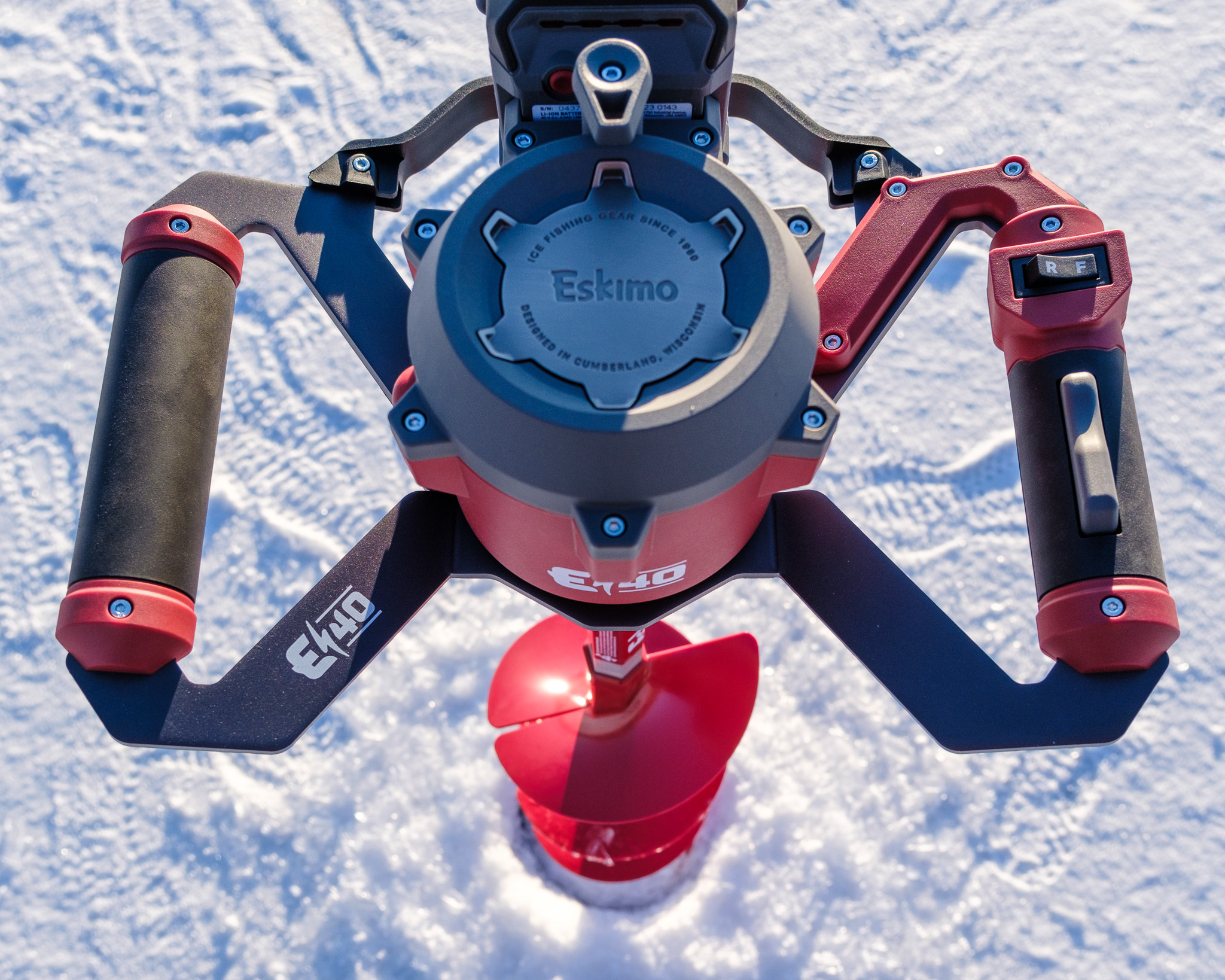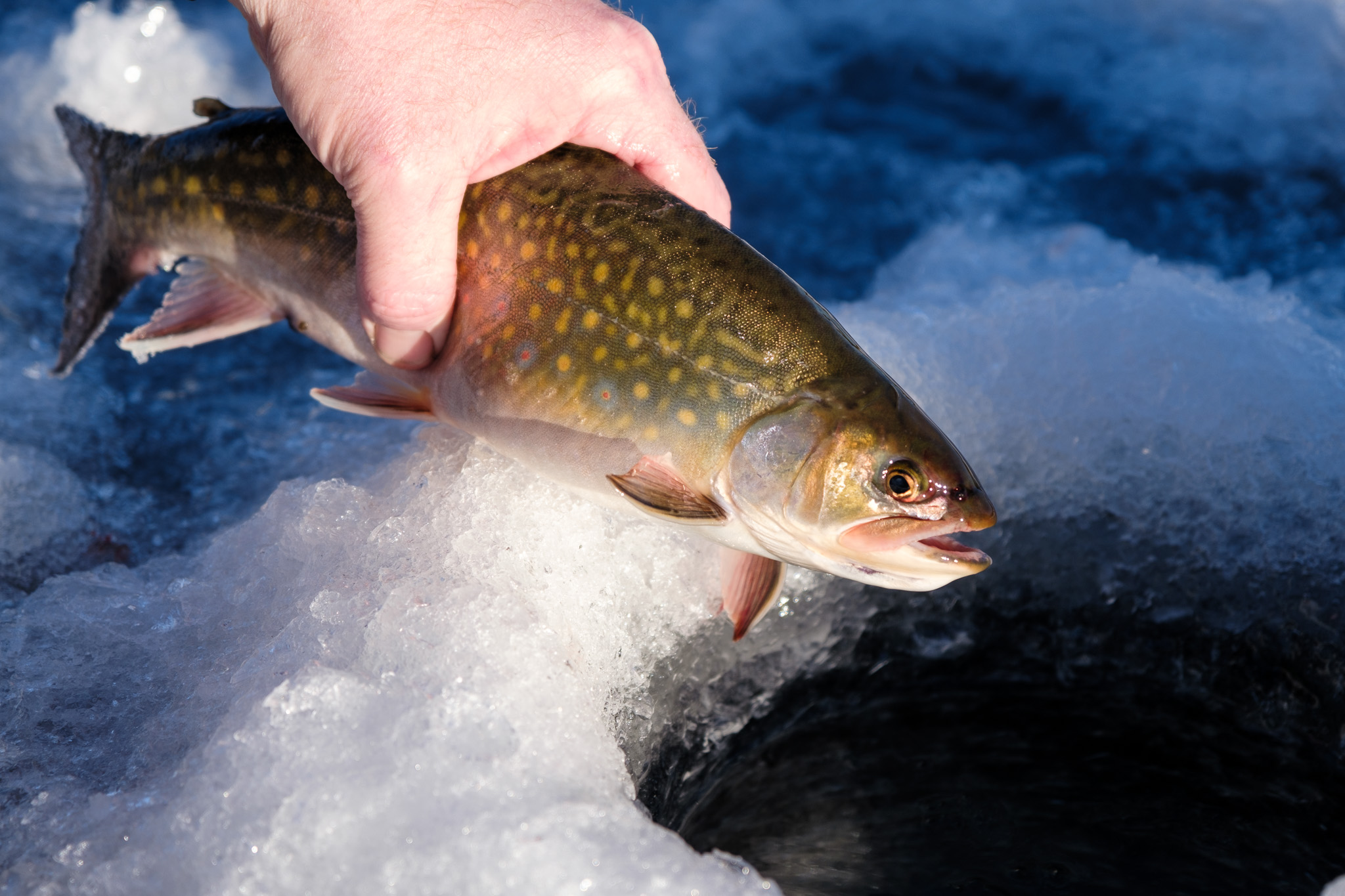Whirling disease has been in Alberta for four years now and has spread to many water bodies throughout the province. Alberta Environment and Parks is doing everything they can to monitor and contain the disease but unfortunately there is no cure, this disease is here to stay. So, it’s up to us as anglers to do our part to contain the spread and report any infected fish that we may catch. If you are unfamiliar with whirling disease or would like to know more about the latest information and research, then read on!
What is Whirling Disease?
Whirling disease is a microscopic parasite that affects salmonid fish such as trout, salmon and whitefish. It has a complex life cycle that requires two different hosts to reproduce and spread.
Whirling disease has three primary life cycles:

Spores
The life cycle of whirling disease begins with the spores. Myxospores are found in the water column and can come from a couple sources: decaying infected fish, dropping from birds that ate infected fish, or from anglers that have unknowingly transferred the spores on their boats or fishing gear. From there, the spores settle on the bottom and are ingested by Tubifex Tubifex worms.
Tubifex Tubifex Worms
Tubifex worms are also known as sludge or sewage worms and inhabit the sediment of lakes and rivers across the world. They are extremely common and are extremely hearty. Tubifex worms are able to survive in areas of low oxygen and heavy organic pollution, even through drought and food shortages! A common use of the worms is as a live fish food for aquarium fish. Similar to earthworms, tubifex worms eat decomposing organic matter, including the myxospores. Once the spores enter the worm, they latch onto cells of the gut and within those cells the myxospores begin creating a new type of spore – Triactinomyxon spores, or better known as TAM’s.
TAM Spores
Once Triactinomyxon (TAM) spores are released into the water they are able to find the second host. TAM’s enter a fish’s body through the skin and gills and, as soon as they latch on, the disease begins. As the infection works its way deeper into the host it eventually reaches the spinal cord and brain, causing swelling. The added pressure from swelling is what can cause the host’s tail to turn black. The infection also works its way into the host’s cartilage and skeletal system and creates the deformities commonly seen with whirling disease.
Infected Fish
Once the disease sets in and the deformities take hold, fish start to exhibit the whirling behavior and can no longer evade predators. That makes them easy pickings for predators like birds. The mortality rate for fingerling trout is quite high, up to 90% in wild populations. As the infected fish die and start to decay, myxospores are released from the tissue and the cycle starts once again.
Where did Whirling Disease come from?
It’s believed the disease originated in Europe over a century ago. Currently, whirling disease has been detected in 25 states in the U.S, with some of them being along the east slope of the Rocky Mountains which is prime wild trout habitat. In Alberta, whirling disease was first discovered in August of 2016 in Johnson Lake in Banff National Park. We currently have no idea how it ended up here but thanks to the efforts by the province we have a list of all currently infected water bodies. The most up to date information can be found on the Alberta.ca website.
https://www.alberta.ca/whirling-disease.aspx
How does WD travel?
The primary mode of transmission for whirling disease is through the movement of fish – either upstream or downstream and into different parts of the watershed. Secondary modes of transmission of spores include through fecal matter in birds and from contaminated gear used by anglers and other recreational activity.
How does WD affect fish species?
Whirling disease works its way into the fishes cartilage and skeletal system. In young fish it will cause the telltale deformities of the tail and in some cases turn the fishes tail black. I was surprised to learn it also affects Rocky Mountain Whitefish, with young whitefish being more susceptible to the disease until they begin to develop scales to protect themselves.
Since there’s no known cure, is there a natural way to get rid of it?
According to recent research, myxospores are only viable for up to one year after being released from infected fish, instead of 30 years as previously indicated. TAM’s are reported to only be viable for one to two weeks. Unfortunately, the only sure-fire way to get rid of the disease would be to remove all of the hosts, as AEP was forced to do in Johnson Lake.
Are fish infected with WD safe to eat?
Yes, there is no risk associated with eating fish or swimming in infected waters. The parasite that causes whirling disease does not affect humans or animals other than trout or salmon.
What can anglers do to stop the spread?
The biggest difference we can make is following the government’s recommendations of cleaning, draining and drying our gear after fishing in known whirling disease areas. You can also decontaminate your gear thoroughly usings a medical grade disinfectant called QUAT. Follow the link below to my article on QUAT’s:
MyCatch App
Another way Anglers can help monitor the spread of whirling disease is take to advantage of the MyCatch app by Anglers Atlas. MyCatch was developed as a tool to collect real-time catch data for Alberta biologists. Catch logs are proving to be a powerful source of data and as a citizen scientist you can help to monitor the health of the hundreds of lakes that are not covered by traditional survey methods, such as Fall Index Netting. Even though logging your catches might seem like giving away you spots, you don’t have to worry. Your data is protected and only the details necessary are confidentially shared with biologists and researchers for their fisheries work.
You can find out more about the app and download it here:
https://www.anglersatlas.com/mycatch
Report your Catch
If you do catch a fish that you suspect has whirling disease, document it well and report it to Alberta Environment and Parks. Important information to include would be a photo, location, date, time, the species of fish and how many seem infected. You can send this information directly to:
Thanks for doing your part to keep Whirling Disease in check!
Sources:
https://www.alberta.ca/whirling-disease.aspx
https://en.wikipedia.org/wiki/Myxobolus_cerebralis
Alberta’s 2018 Whirling Disease Annual Report:





Nice write-up Chris. If I may be so bold to make a few comments:
– The picture of the juvenile trout exhibits typical black-tail symptom of the disease. Maybe a note below the picture to say this?
– The pic of the mature rainbow is that of a healthy rainbow. Maybe you could say that so people won’t be looking for signs of infection and that mature fish will not likely be observed to have signs as they would have previously died at the juvenile state if they were infected.
– There is no known transmission to humans.
Hi Randall, comments are both appreciated and encouraged so thank you! I will add some context to the pictures as you suggest. Also you are right, there is no known transmission to humans or other animals and the trout are still safe to eat.